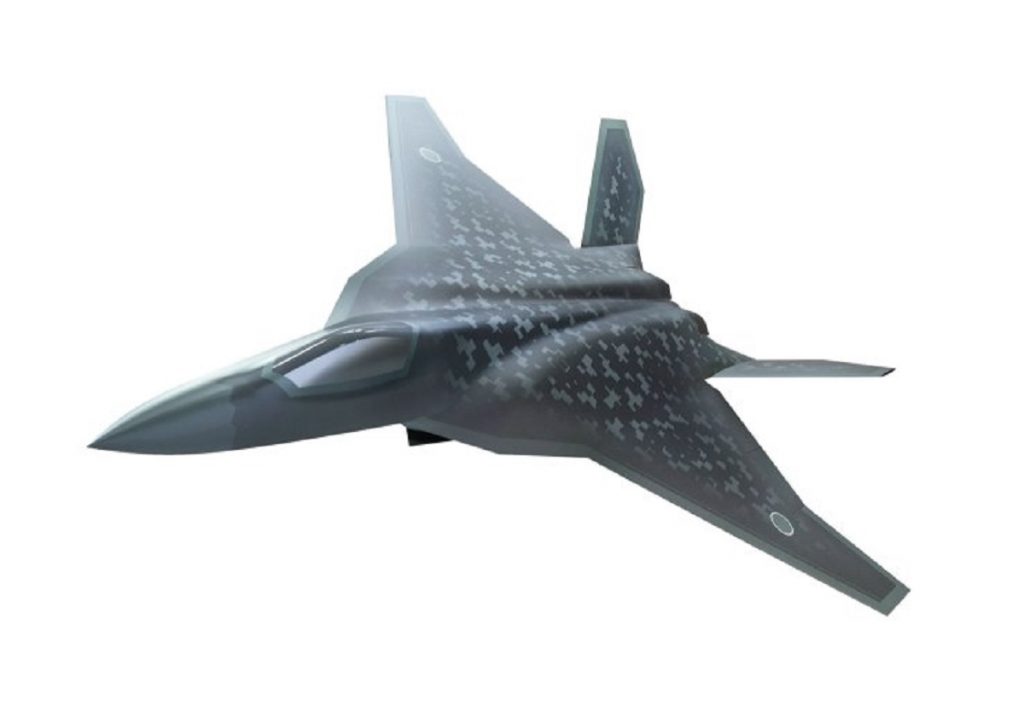Japan to Boost Profit Margins for Domestic Firms Supplying SDF
Japan’s Defence Ministry will introduce a system in fiscal 2023 to raise profits at Japanese defence equipment manufacturers contracted to supply the Self-Defence Forces, in a bid to support the country’s domestic industry.
Under the system, the ministry will set profit margins at up to 15% for its defence equipment contracts with the private sector, with the aim of preventing makers in the nation from withdrawing from the defence equipment business, Jiji Press agency reported.
“Japan’s defence industry is synonymous with the country’s defence capabilities,” Defence Minister Yasukazu Hamada told a meeting of the Budget Committee of the House of Representatives, the lower chamber of parliament, late last month, explaining the new profit margin calculation system. Strengthening the foundation of the domestic defence industry is “an urgent task,” he said.
Specifically, the ministry will set profit margins of up to 10% for each defense equipment manufacturer by evaluating them based on criteria such as the quality of their products and whether they meet the delivery deadline. It will set additional profit margins of up to 5% according to the length of contracts to help the companies deal with increases in material and other costs, the news agency reported.
As no market prices exist for defence equipment, the ministry calculates production costs and planned procurement prices, and sets profit margins at 8% on average. But with material prices tending to fluctuate due to the time taken to deliver defence equipment, the actual profit margin can be low — around some 2% — prompting a growing number of companies to pull the plug on their defense equipment operations, Jiji cited informed sources as saying.
In a policy speech in parliament on Jan 23, Prime Minister Fumio Kishida vowed to work on strengthening the foundation of the country’s defence industry. Hamada held a meeting with representatives of 15 major Japanese defense contractors on Jan 25, with some of the private-sector officials calling for the creation of a system that allows the firms to secure adequate profits.
The Japanese government recently announced a new security policy aimed at acquiring counter-strike capabilities and doubling its defence expenditure over the next five years. The National Defence Strategy (NSS) along with two accompanying documents, was released by the Japanese Government in December 2022. This is a significant departure from Japan’s long-held policy of limiting its security posture strictly to self-defence.
It was reported that the defence budget, which was capped at 1% of GDP, is to rise to 2%. Cyber warfare systems and military space programme will both have a US$7 billion budget. Two new ballistic-missile-defence (BMD) destroyers, with the ability to shoot down both conventional and hypersonic glide missiles, are being planned. Reports said at least US$6 billion will go towards a sixth-generation fighter jet to be built in cooperation with the UK and Italy that is panned to enter service in the mid-2030s. –adj/mhi/mgm (Pix:6th Gen Fighter/MOD Japan/JS Izumo JMSDF)



